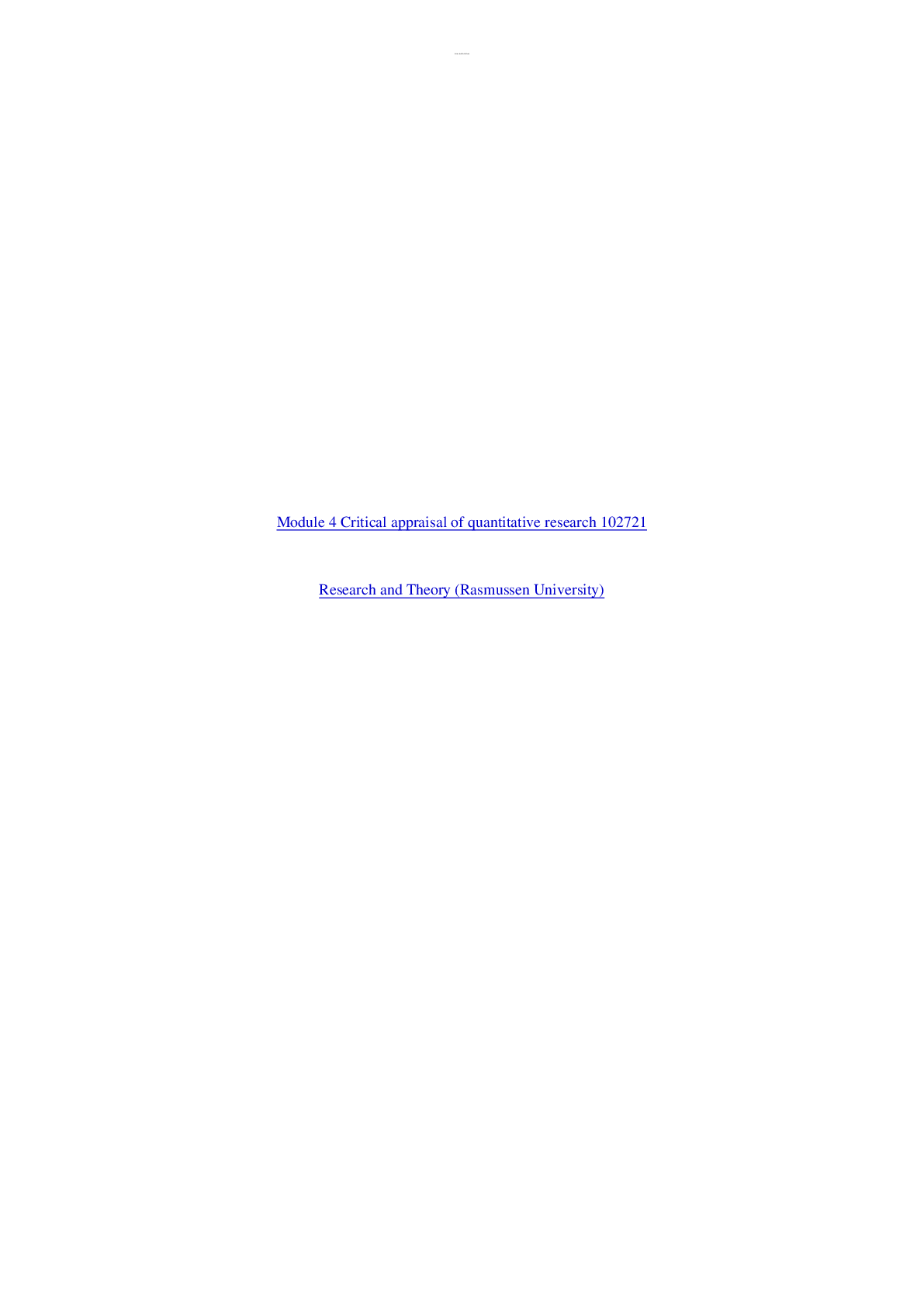Computer Science > Research Paper > Project 3: Lock Down Software Development Life Cycle Assessment Team 1 – United States CYB 670 Cap (All)
Project 3: Lock Down Software Development Life Cycle Assessment Team 1 – United States CYB 670 Capstone in Cybersecurity
Document Content and Description Below
Project 3: Lock Down Software Development Life Cycle Assessment Team 1 – United States CYB 670 Capstone in Cybersecurity University of Maryland University College Table of Contents Softw... are Development Life Cycle Assessment.4 Phase One – Planning...4 Phase Two – System Analysis.5 Phase Three – System Design..5 Phase Four – Development......5 Phase Five – Testing.....6 Phase Six – Implementation....6 Phase Seven – Maintenance.....6 Software Development Life Cycle Methodologies/Models....7 Incremental SDLC Model........7 Rapid Application Model (RAD)........8 Spiral SDLC Model......8 Structured Evolutionary Prototyping Model.9 V-Shaped SDLC Model9 Waterfall Model..........10 Summary...11 References.12 3 Software Development Life Cycle Assessment The Software Development Life Cycle (SDLC) is a systematic process utilized by the software industry to design, develop and test quality software and their aim is to produce high quality software that meets or exceeds customers’ expectations. The SDLC concept is applied to any hardware or software configuration, since the system can only be composed of hardware or software (Crnkovic & Larsson, 2006) The SDLC identifies the process involved from the initial exploration to the final maintenance of the developed application or software. It comprises a thorough plan describing how to develop, maintain, replace and alter or enhance specific software. The overall goal is to be able to ensure the production of high-quality results, while meeting all of the customers’ requirements (Cohen & Haan, 2010). The SDLC defines a methodology for improving the quality of software and the overall development process, consisting of seven different phases. Each phase performs a significant role towards the development of the overall system. The seven phases are: Planning, System Analysis, System Design, Development, Testing, Implementation, and maintenance. The following section is going to provide a brief overview of each of the phases. Phase One – Planning The planning phase could be considered the most critical phase within the SDLC. Within this phase key decisions are made on what is exactly is wanted, how it will get done, and how issues are going to be address if they happen to arise. This is also the time when the customers’ requirements and needs are organized in order to create a project plan. The project plan entails all the details describing what technology is appropriate for the project, cost of the project, time 4 schedules etc. The time spent within the planning phase is critical because it will serve as a guideline for the subsequent phases to follow. Phase Two – System Analysis During the analysis phase the system’s requirements are analyzed in order to create specific documentation that consists of all the previously defined requirements. These requirements then become validated Functional Requirement Documents (FRD). The FRD’s provide guidance on the software on who will utilize the application, as well as defining the data input and output. Phase Three – System Design The design phase is also another critical phase within the SDLC because this is when the entire software comes into a pictorial representation by the design team. The design team use the information that is created within the previous phase in order to create several prototypes. Once the prototypes are ready for demo, they are shared with the customer in order to receive their approval for the way forward. Once a prototype is approved its design layout will flow into the subsequent phases within the SDLC. Phase Four – Development The development phase of the SDLC is when the previously mentioned functional requirements are transferred into the specific computer language in order to register as code. All of the functional and software components are divided into modules and disseminated amongst the development team in order for them to start working the code. This is usually the longest portion of the SDLC because it requires the most physical work and writing code can be a monotonous process. [Show More]
Last updated: 1 year ago
Preview 1 out of 12 pages
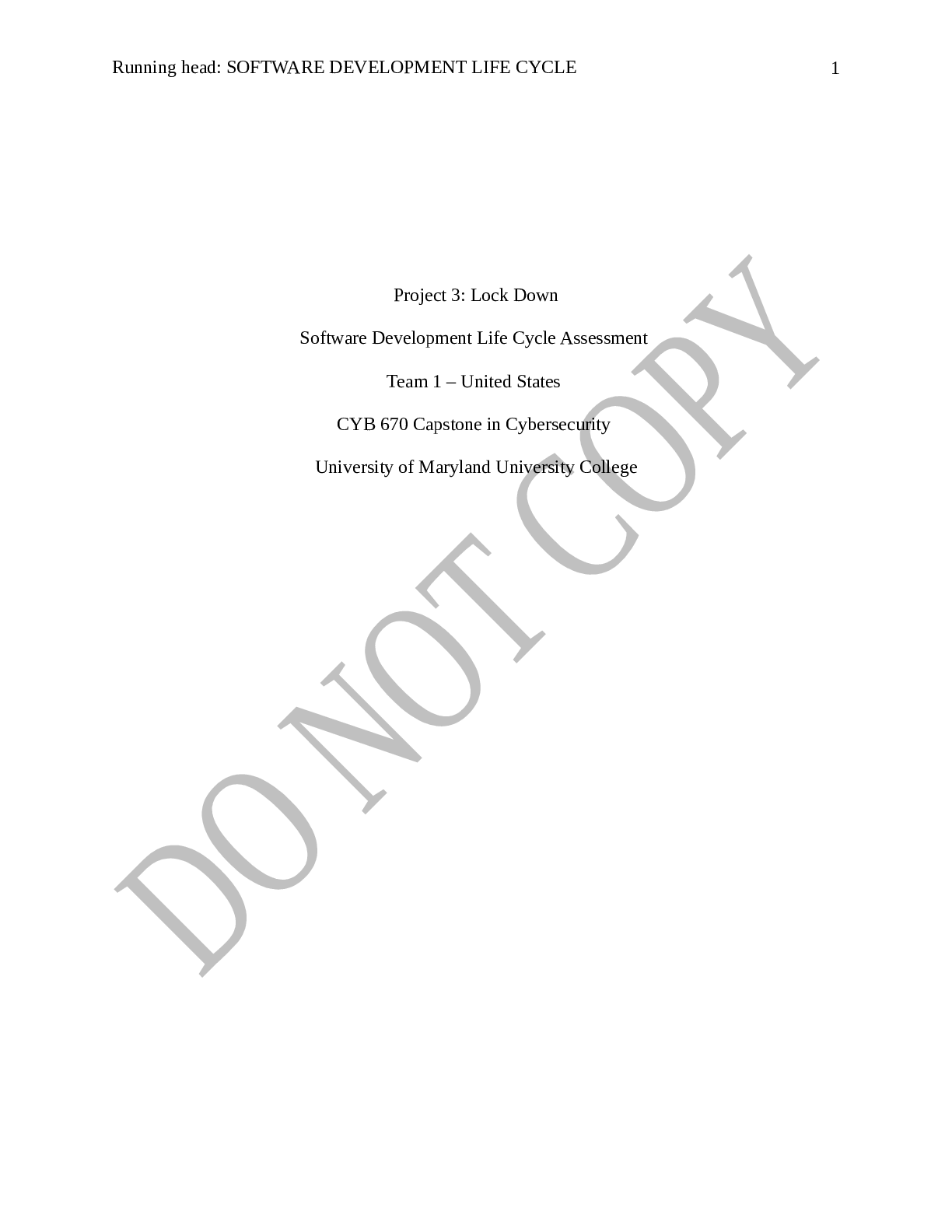
Reviews( 0 )
Document information
Connected school, study & course
About the document
Uploaded On
Nov 16, 2022
Number of pages
12
Written in
Additional information
This document has been written for:
Uploaded
Nov 16, 2022
Downloads
0
Views
54

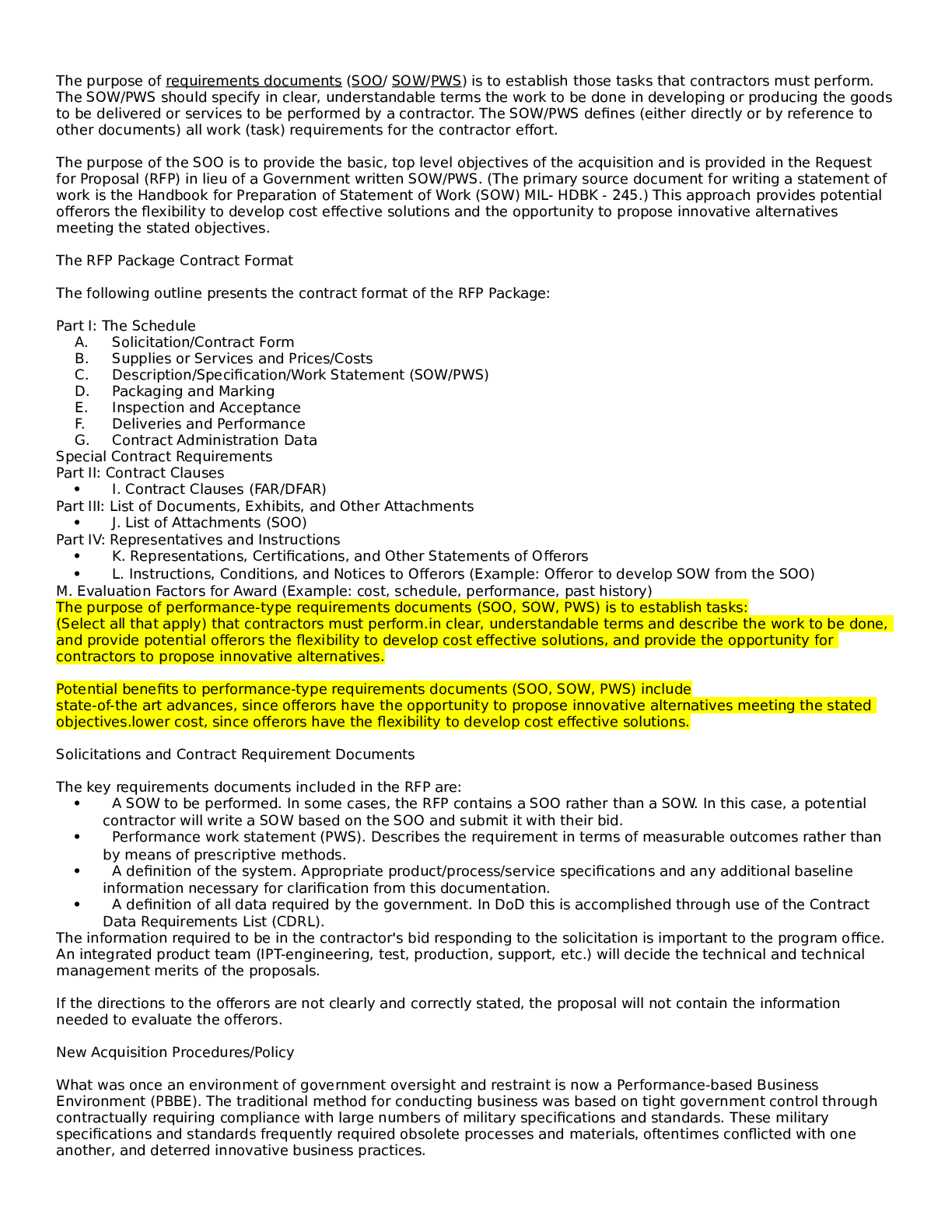
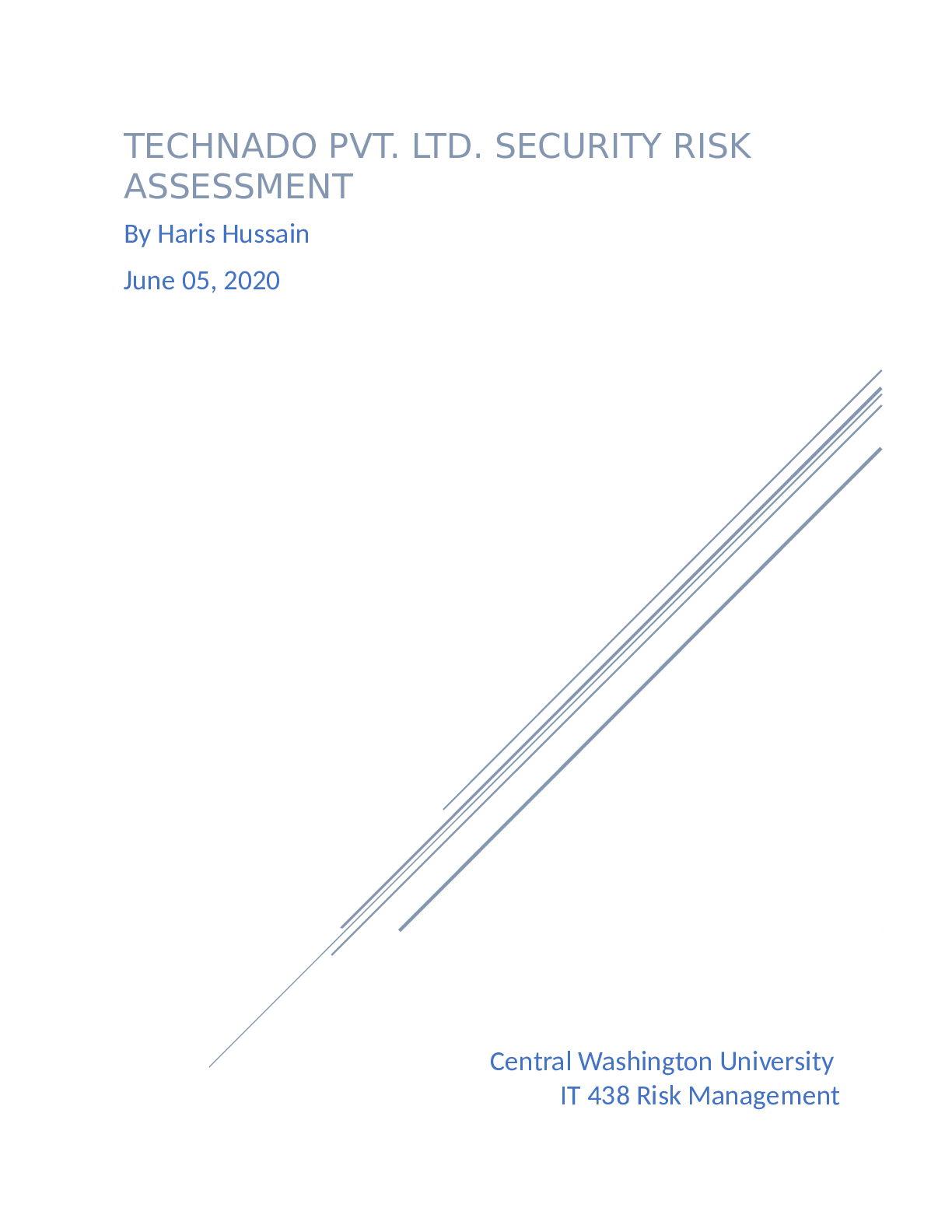




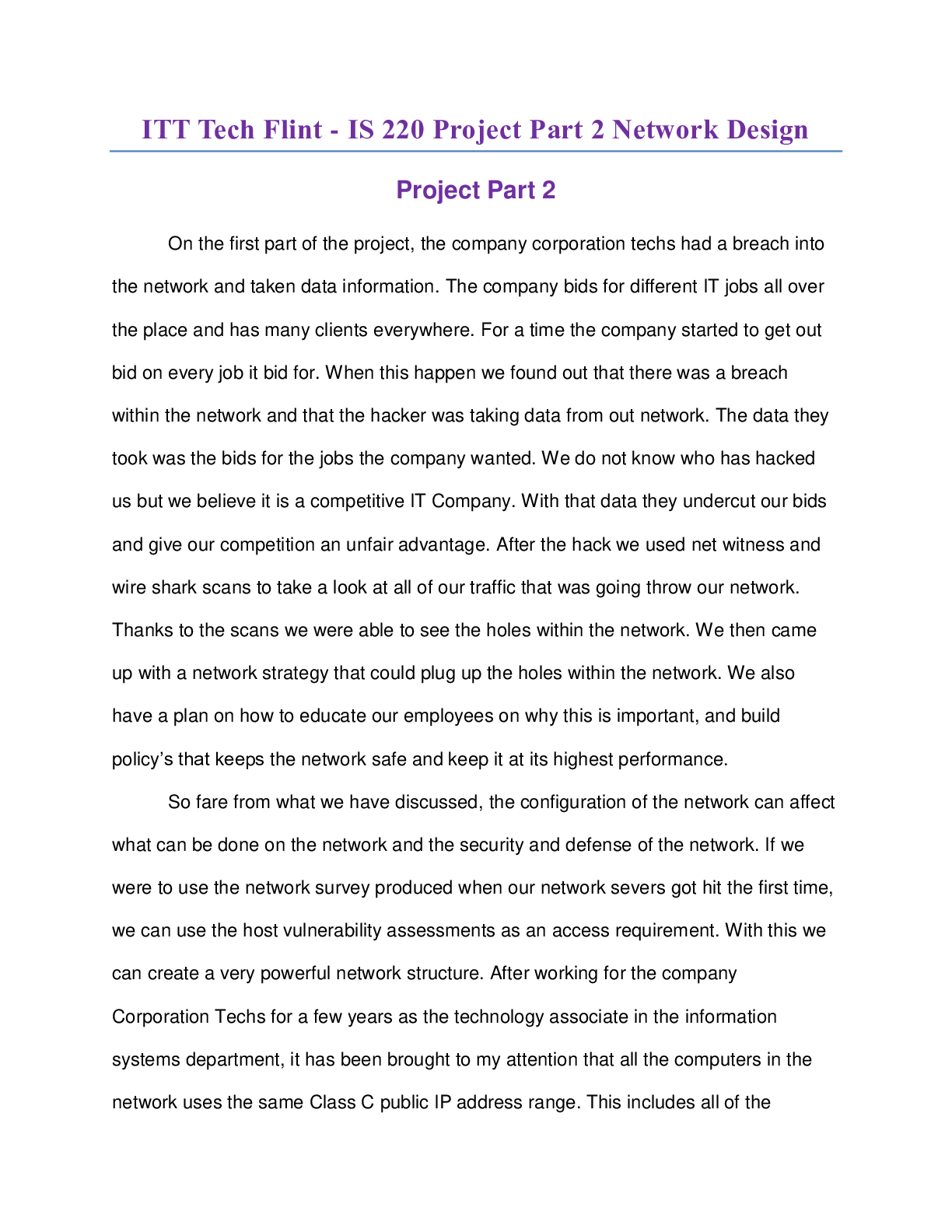
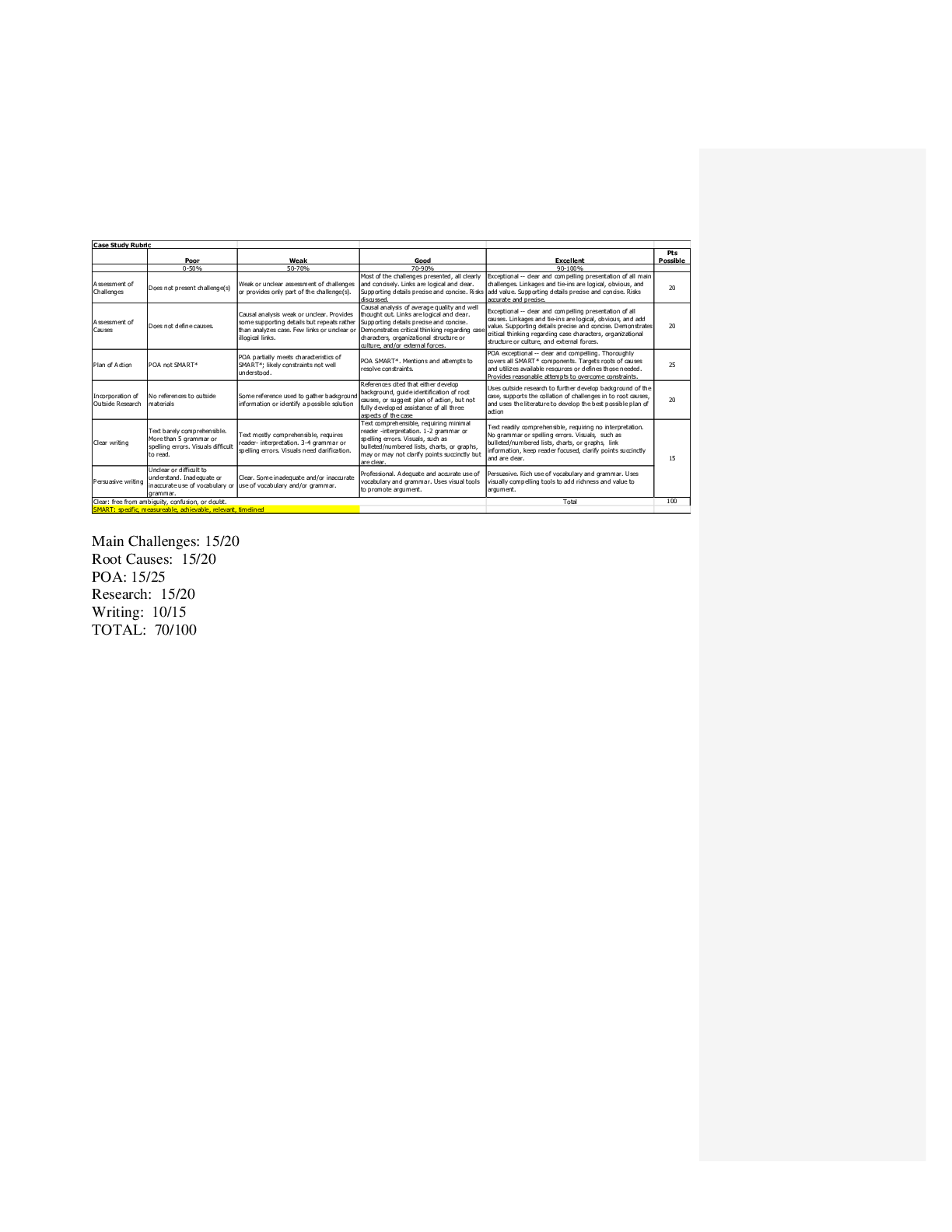


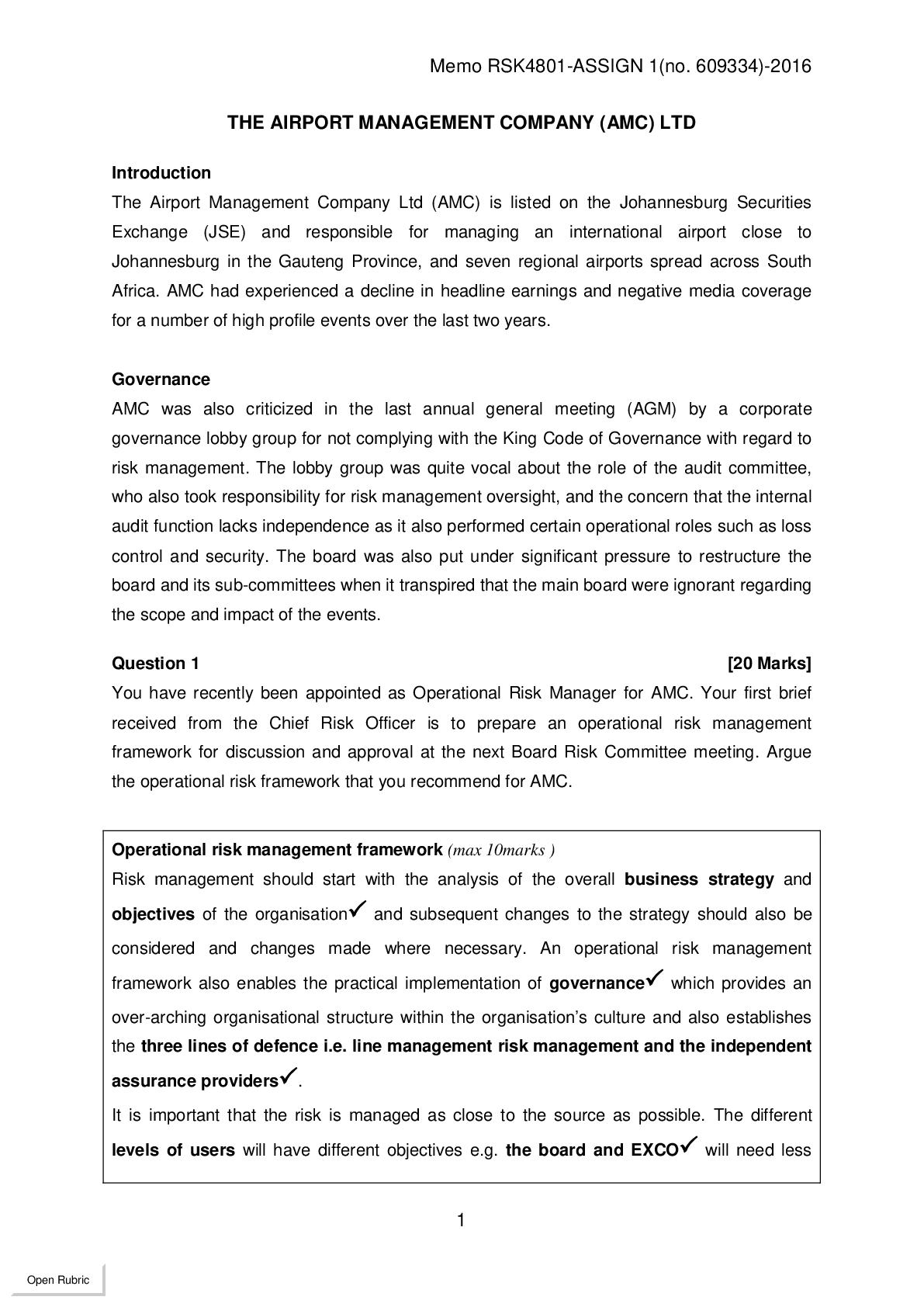
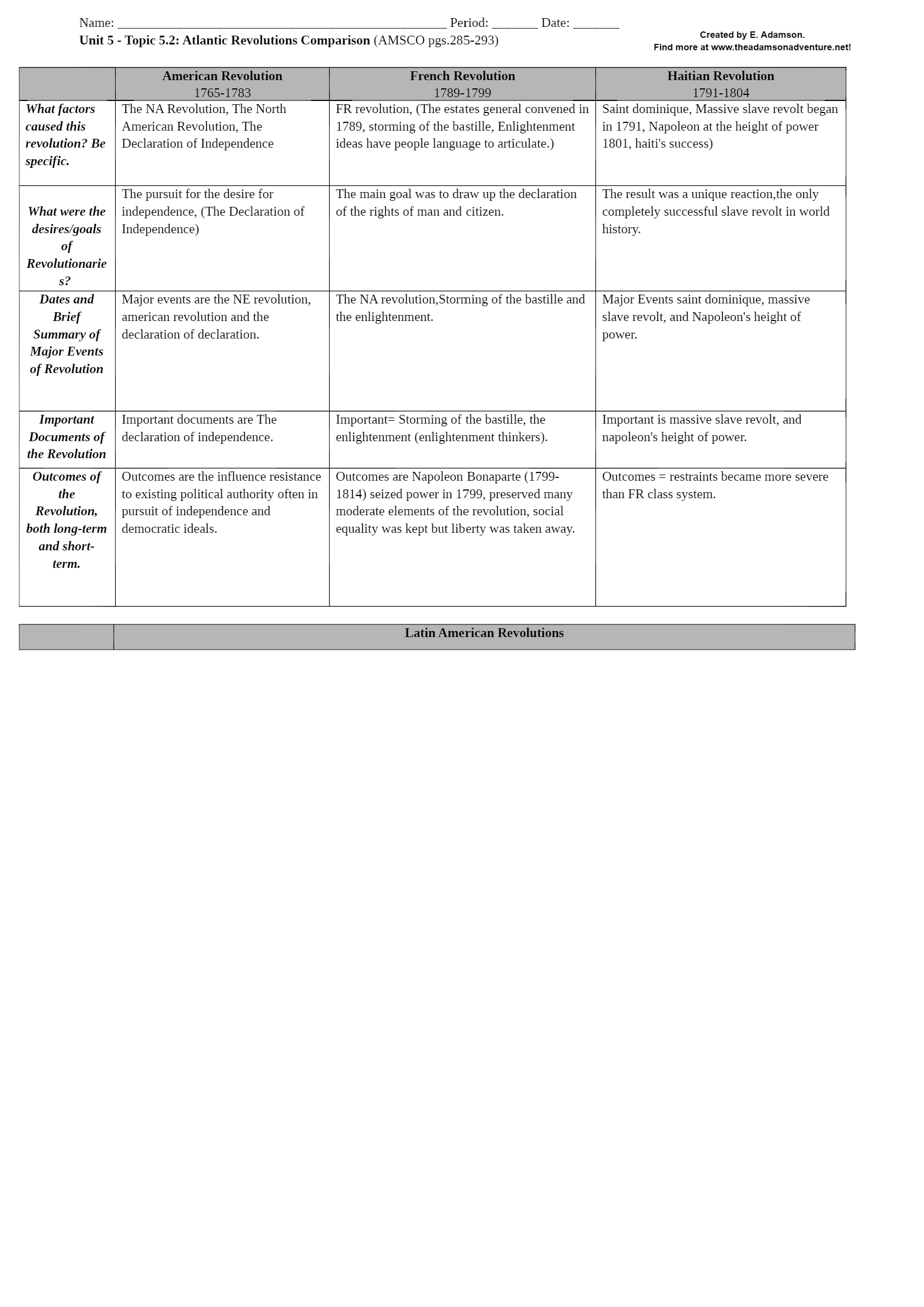


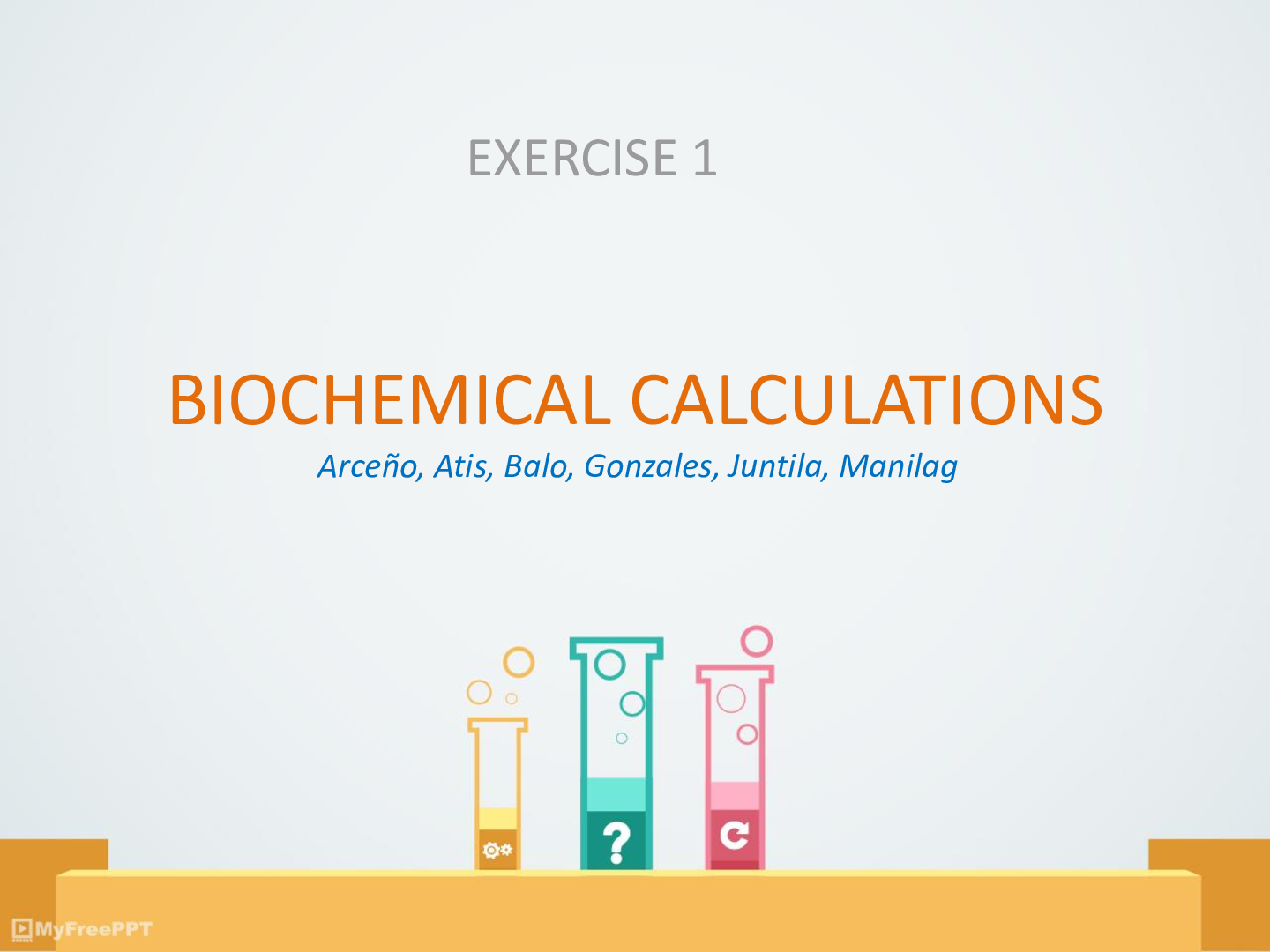
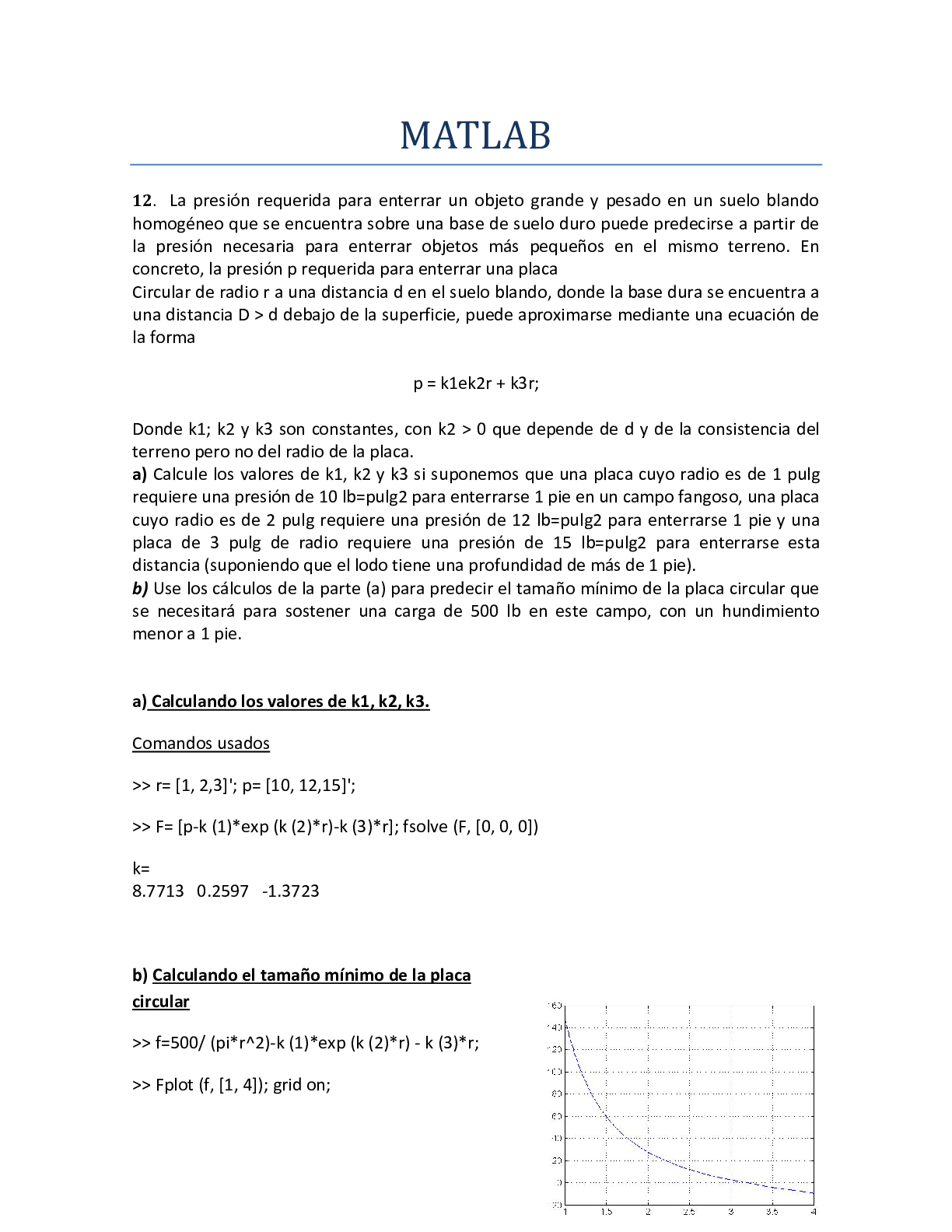

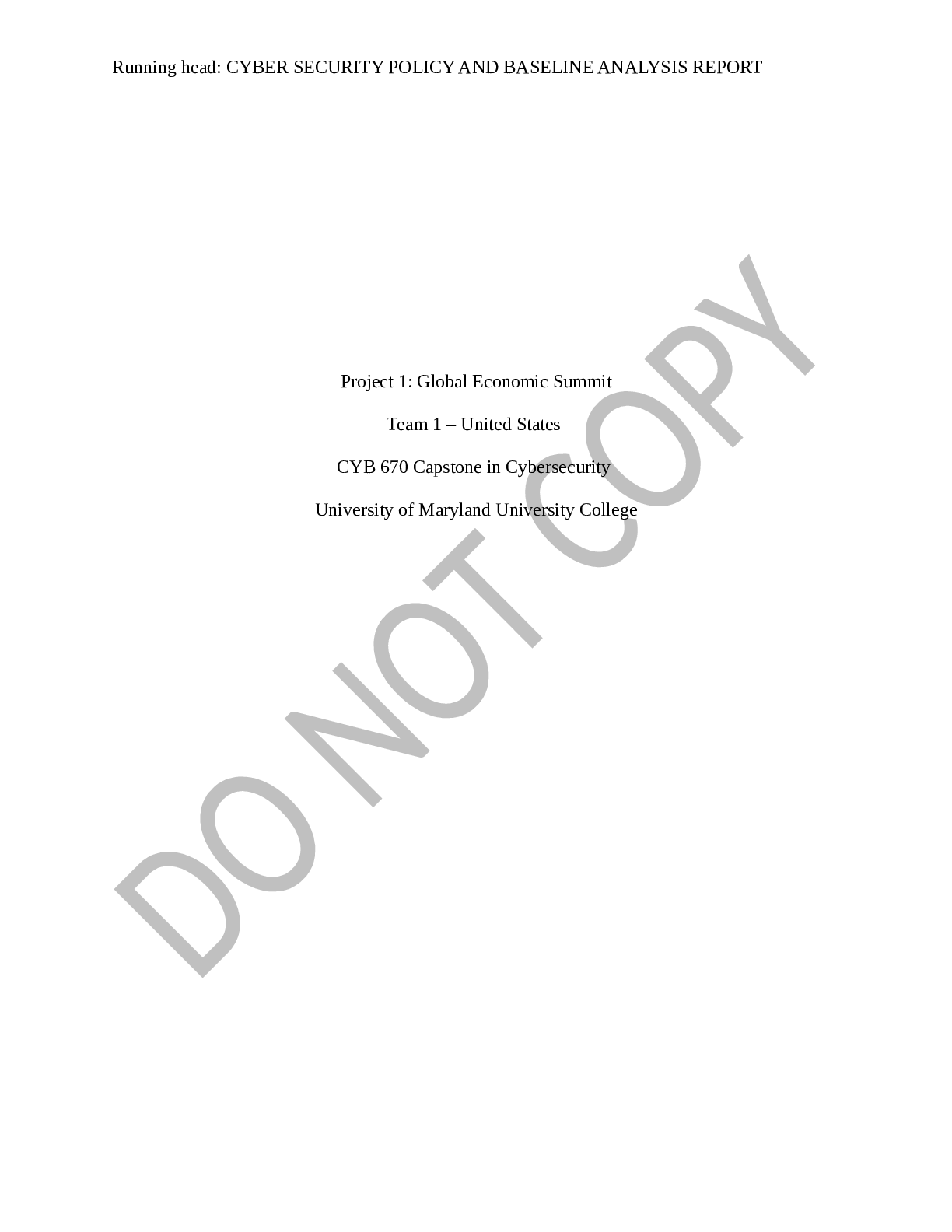




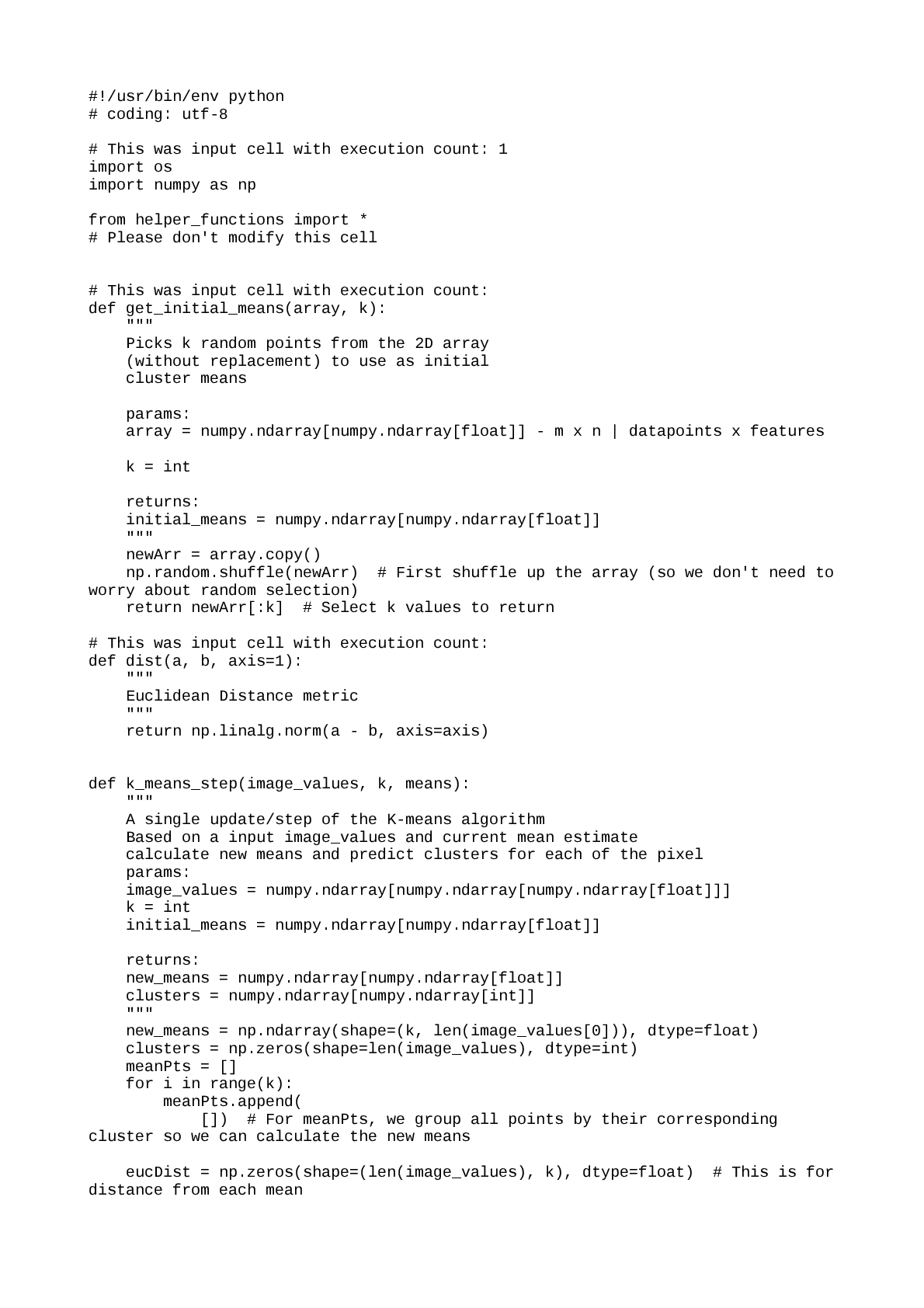
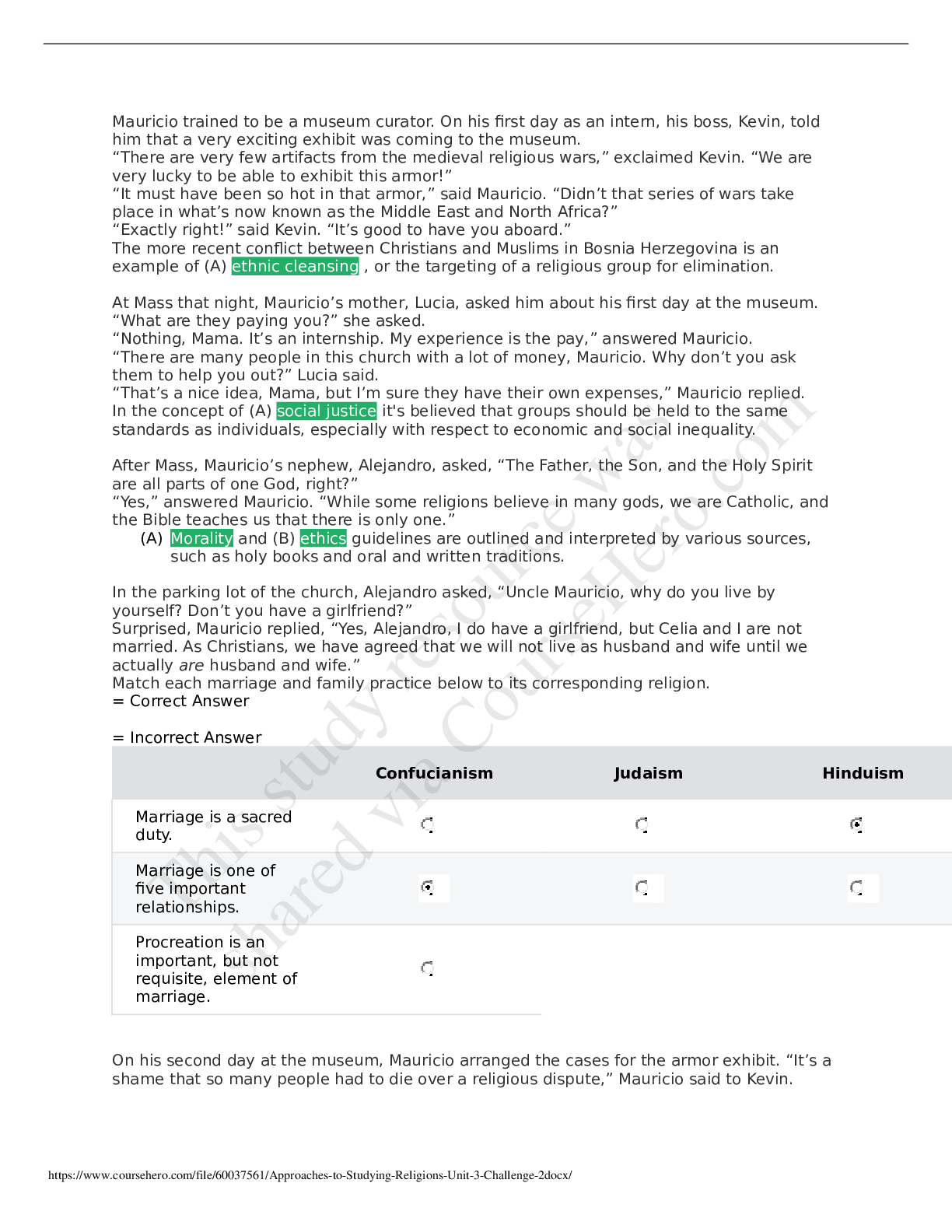
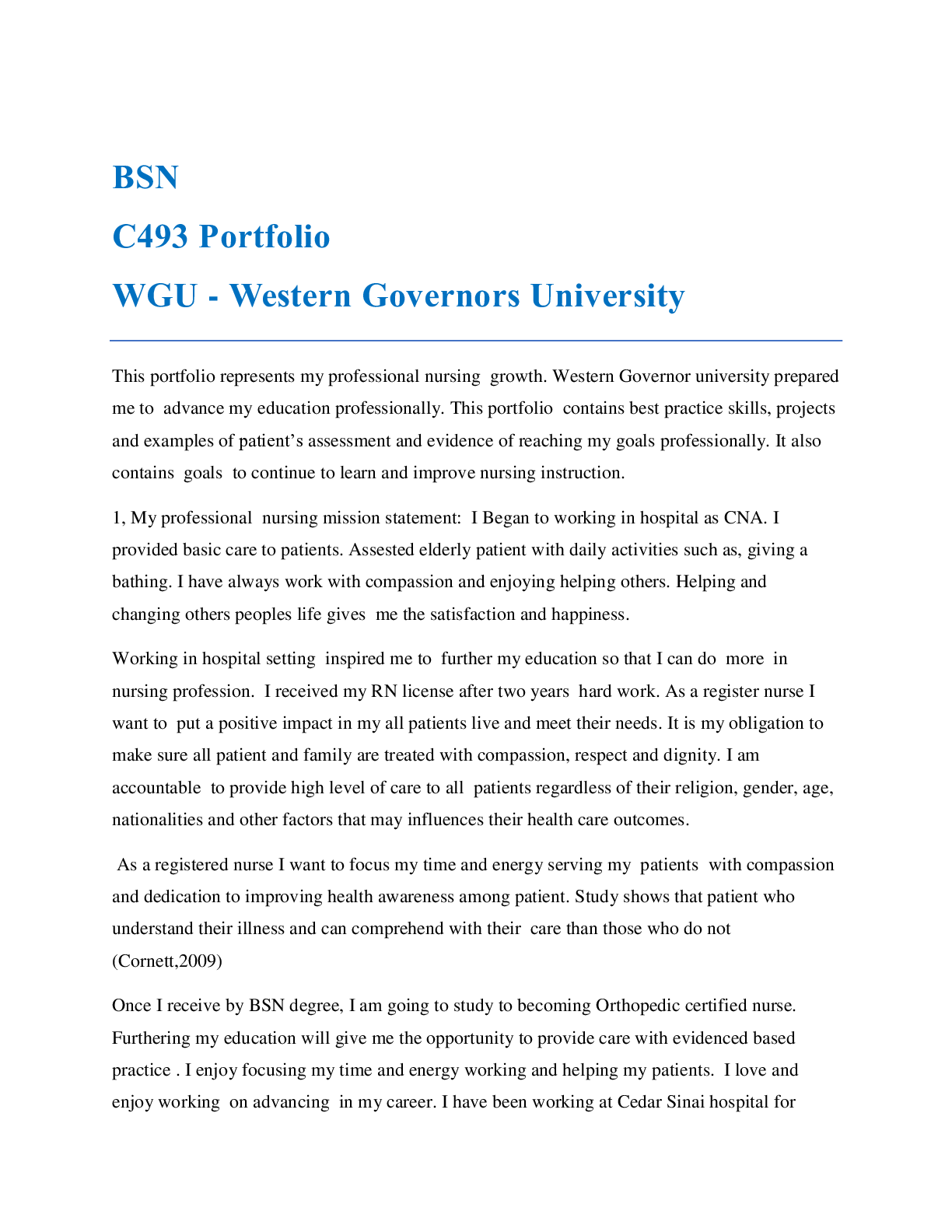
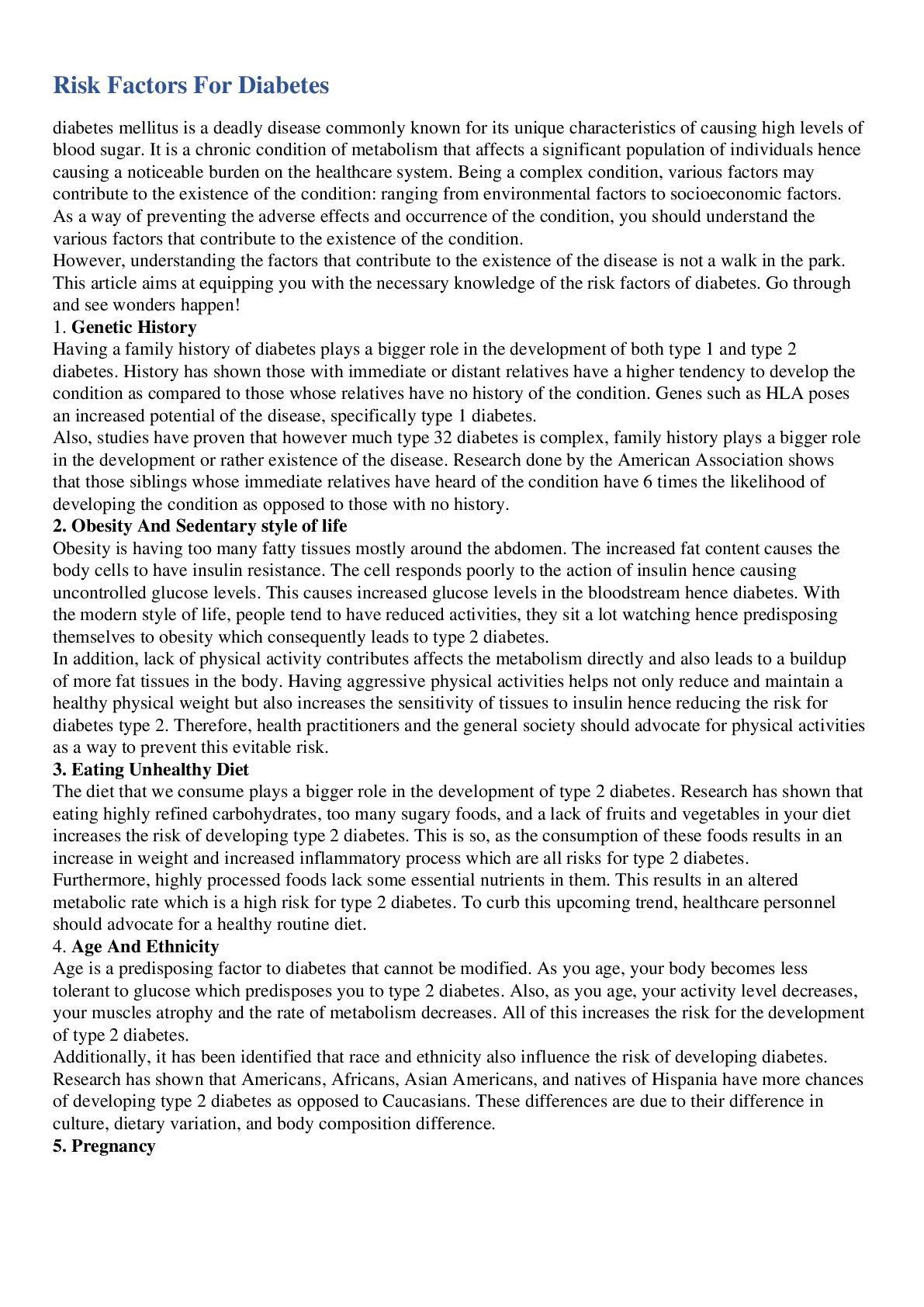
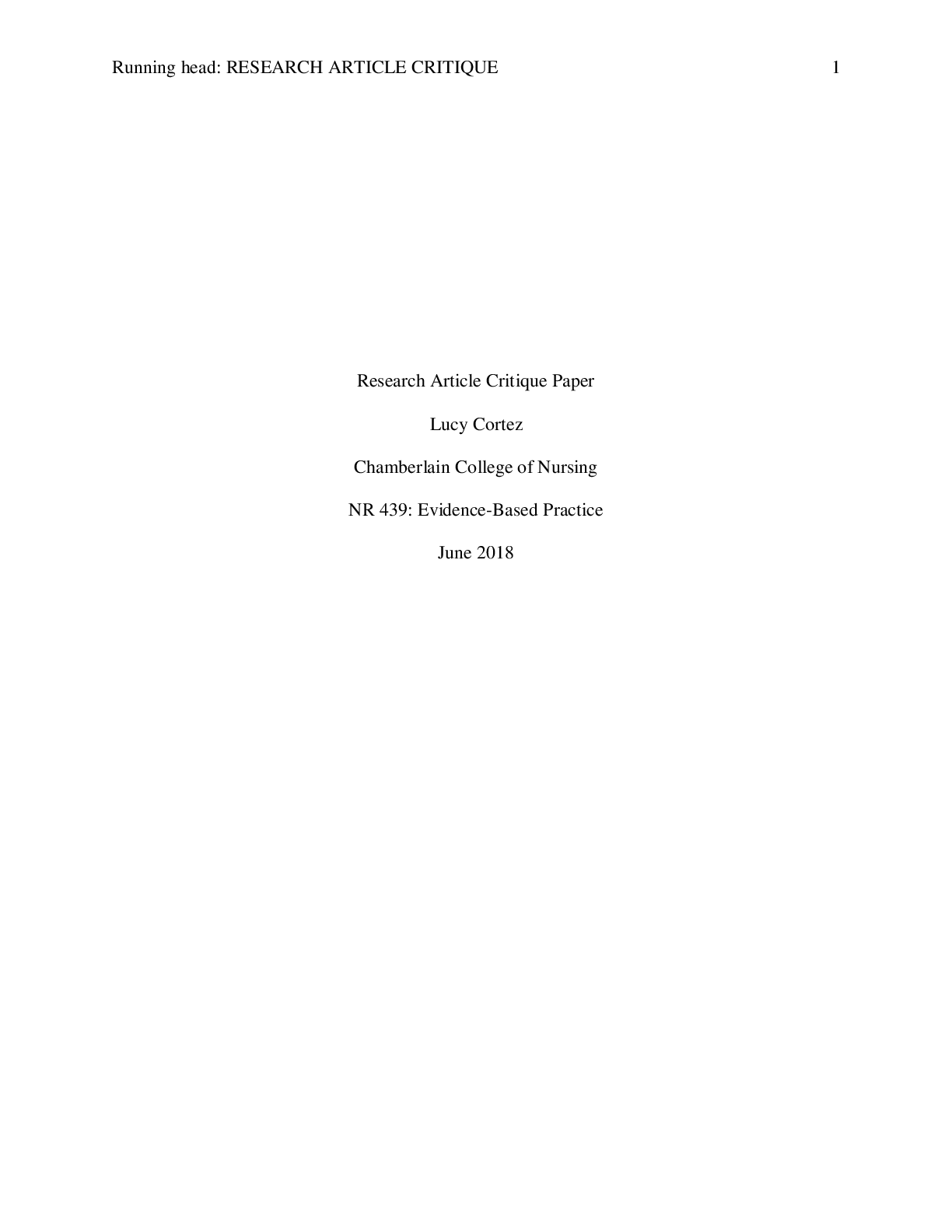
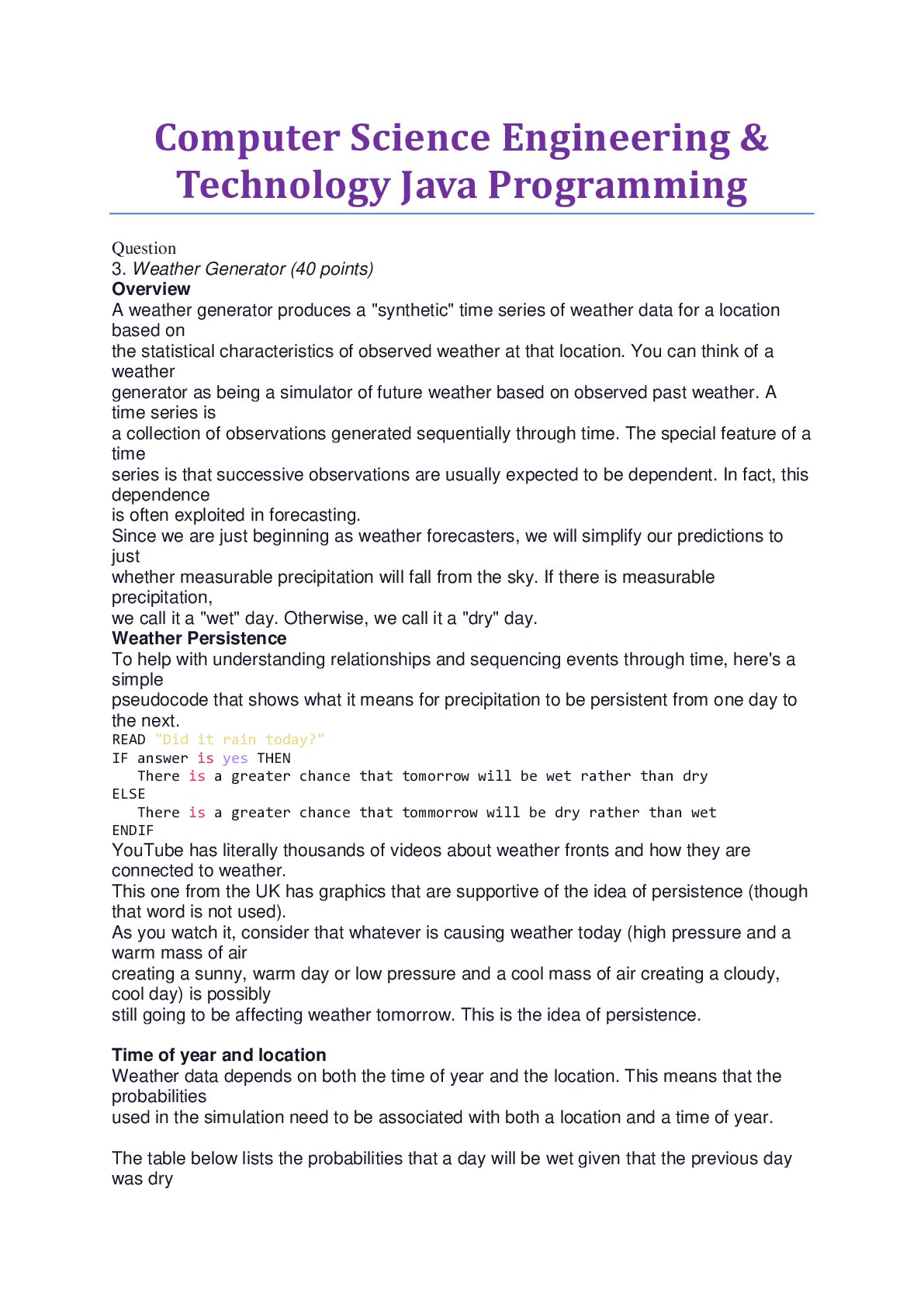
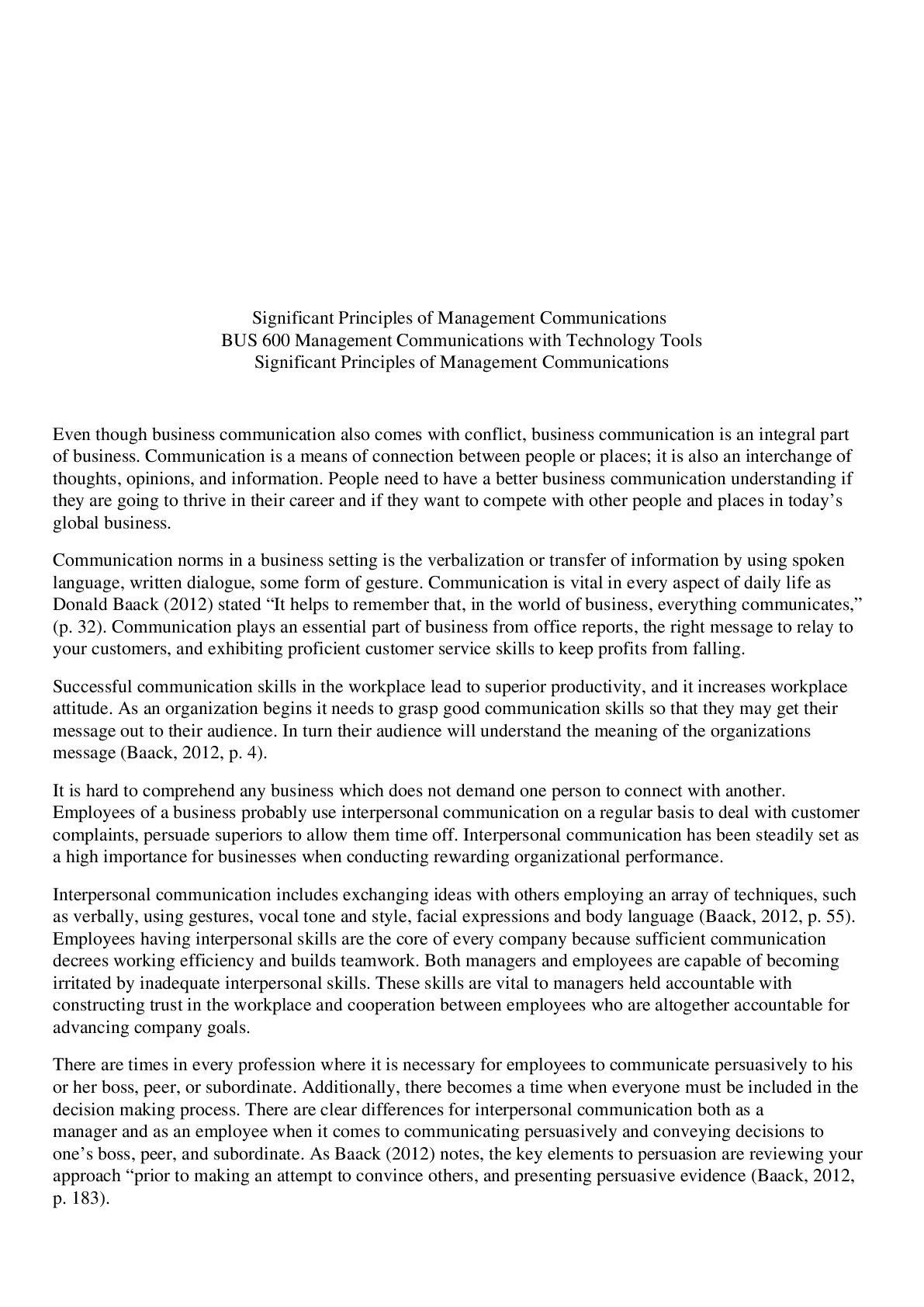
Interdisciplinary Paper.png)



